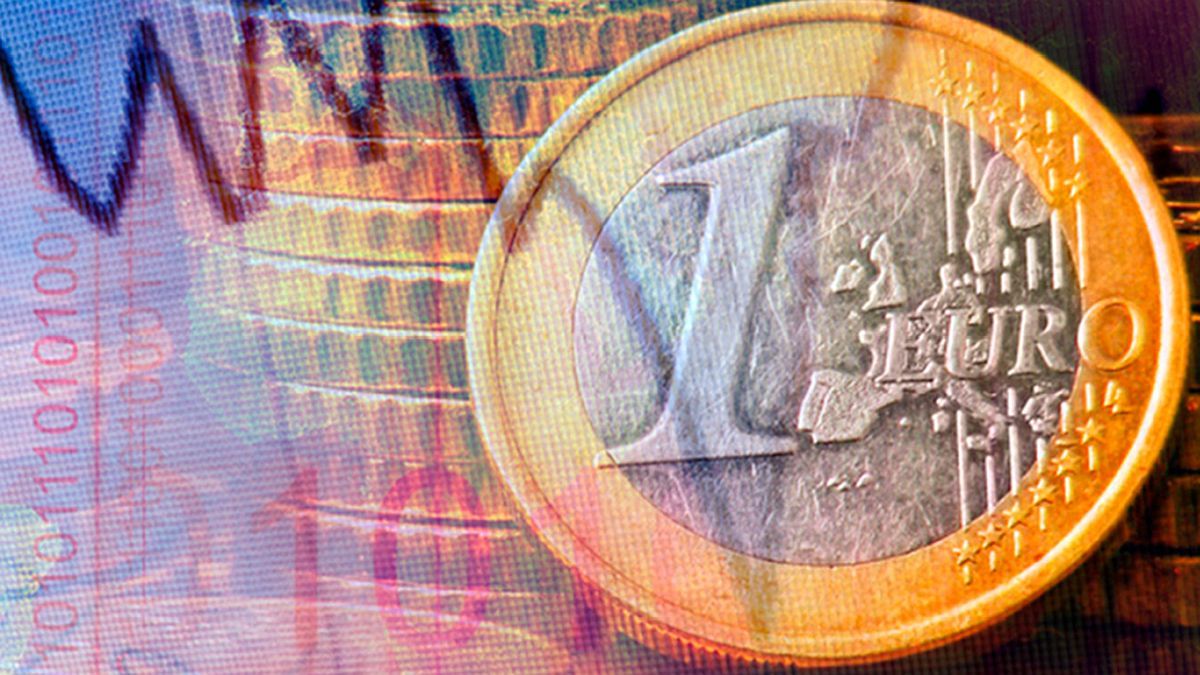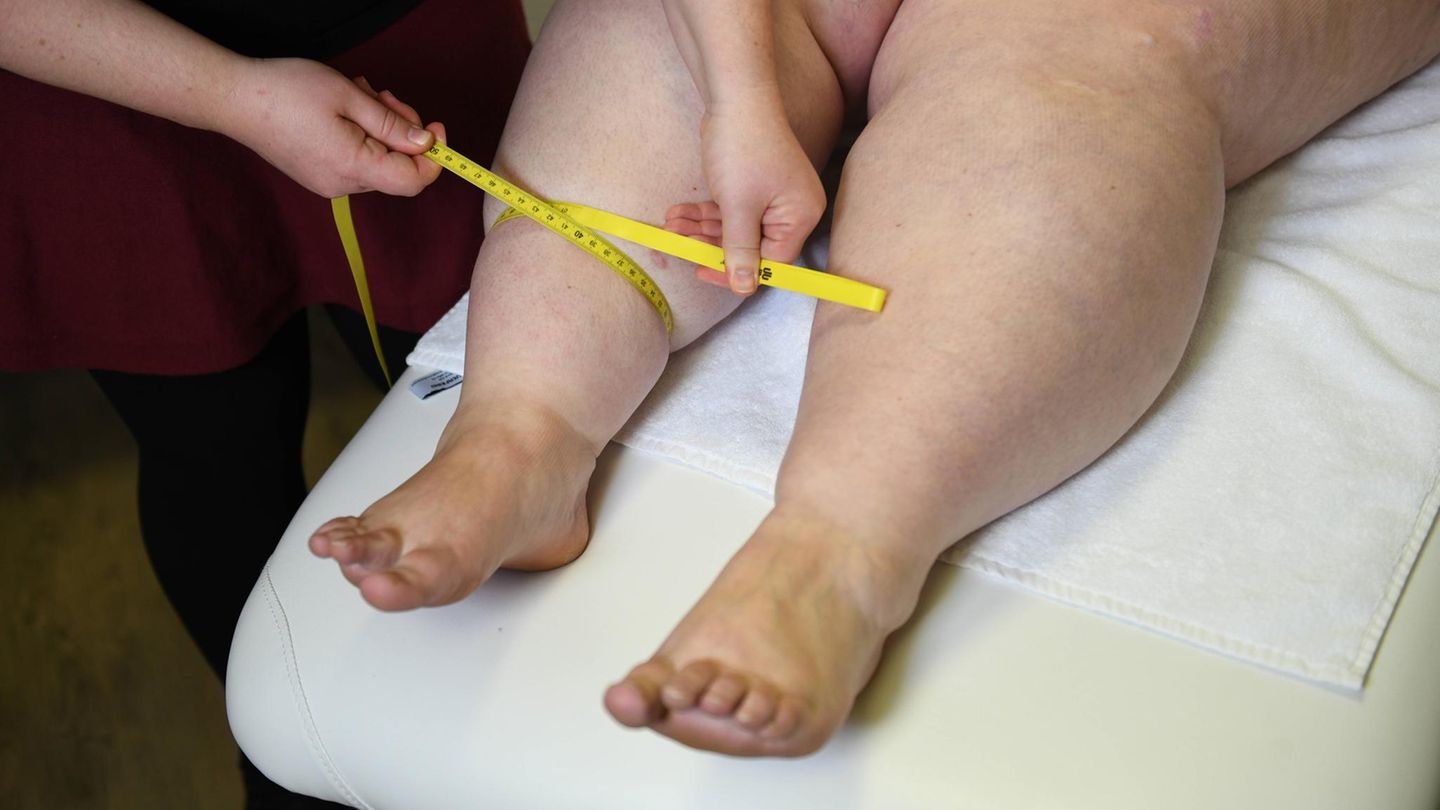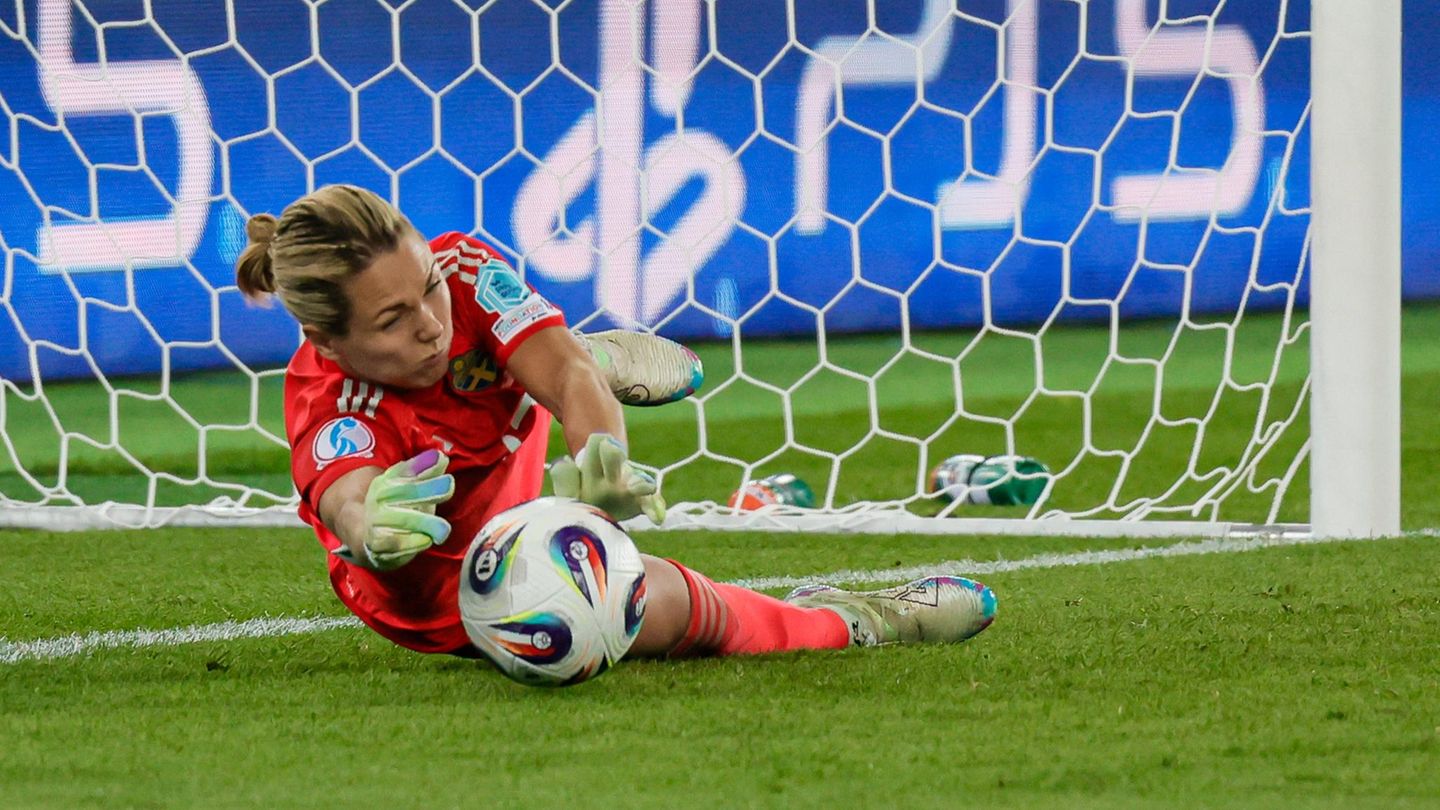As bank shares tumbled in Europe with heavyweights Deutsche Bank and UBS Group leading the way, the euro and pound fell sharply against a strengthening dollar.
So, The dollar index was up 0.497% at $103.100, and the euro was down 0.68% at $1.0756.
“For many, many years, whenever there are real or perceived problems that seem to be deeply rooted, people turn to the dollarand I think that’s probably all there is right now,” said Joseph Trevisani, senior analyst at FXStreet.com.
Better-than-expected Purchasing Managers’ Index (PMI) data failed to lift the single currency, while market sentiment was fragile, with European banks falling more than 3%.
“The data was better than expected, but the mood in the market is risk averse, which is supporting a further move towards the safety of the dollar,” said Jane Foley of Rabobank London.
Risk aversion also sent sterling down 0.48% to $1.2226.despite data showing that the British economy was set to grow in the first quarter and that confidence was rising.
The pound hit a seven-week high of $1.2341 on Thursday in volatile trading after the Bank of England raised interest rates by 25 basis points to 4.25%, but said a surprise resurgence in inflation was likely it would quickly fade, stoking speculation that its rate-raising cycle was over.
According to Christopher Wong, OCBC currency strategist, The world of forex seemed to suggest a risk aversion attack with safe haven proxies like gold and yen outperforming and most other currencies weaker.
A haven currency like The yen was also in demand, up 0.29% at 130.43 per dollar.
Source: Ambito
I am a 24-year-old writer and journalist who has been working in the news industry for the past two years. I write primarily about market news, so if you’re looking for insights into what’s going on in the stock market or economic indicators, you’ve come to the right place. I also dabble in writing articles on lifestyle trends and pop culture news.




